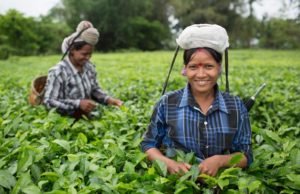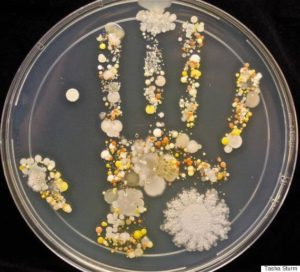- What does the product do?
- What can be claimed about the product?
- Is the evidence supporting the claims sufficient?
- How safe is the product?
- Who will benefit from the product?
- How is the dosage determined?
- Are the ingredients available at an acceptable quality, cost and volume?
Overall, brand marketers/manufacturers are best served if they have a lab qualification procedure in place just as they have a supplier qualification procedure, according to Blake Ebersole, president, NaturPro Scientific.



